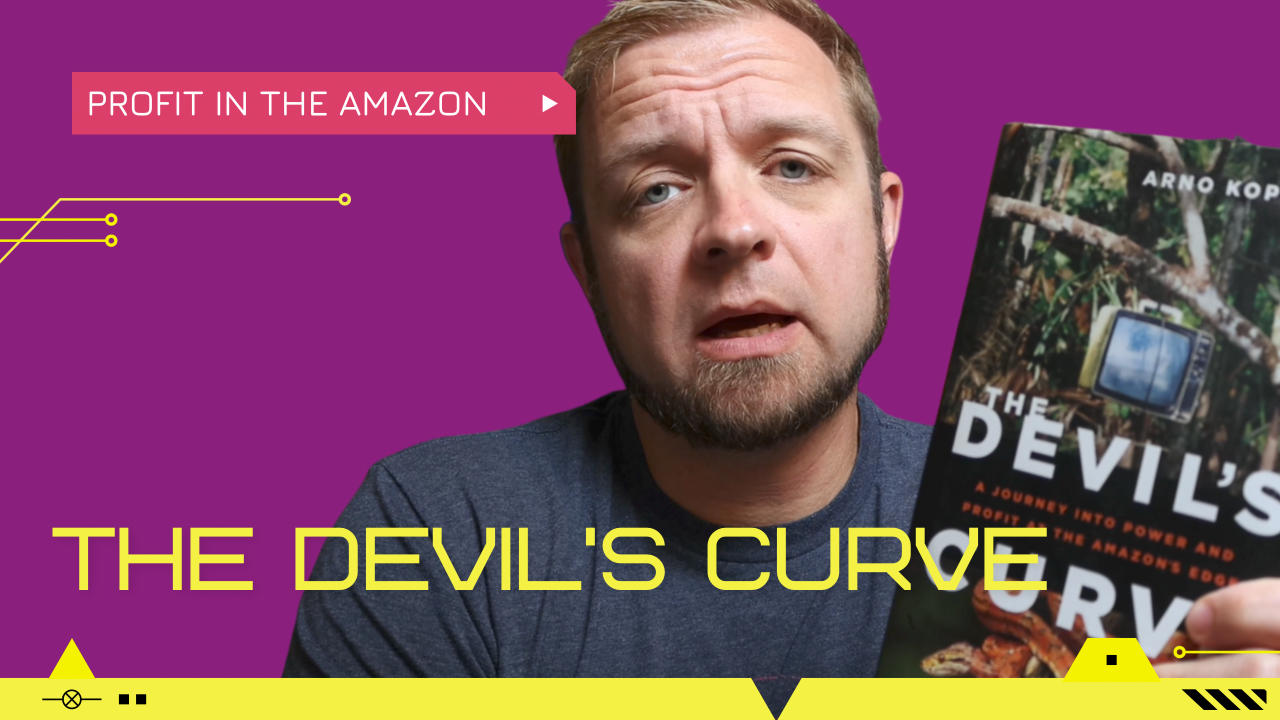As with many books I’ve read recently, this was a hard read. The Devil’s Curve is a well-written book but it’s hard emotionally to see what people do to other people.
Kopecky hears about the Devil’s Curve and the death of many native Peruvians and starts to wonder what part Canadian companies have to play in these events. He takes himself to South America and talks to indigenous peoples of Peru, Columbia, and Ecuador about how their needs are being addressed by their governments.

Getting Started with Zettelkasten
If you’ve been wondering about what Zettelkasten is and how to start organizing your notes with this excellent system then this course is for you. I’ll walk you through how I use this system to develop my reading research for posts like this one here. You can also become a member to get all my courses.
$99 USD (30-day guarantee)
In short, Canada doesn’t come out looking too good. From a report in 2010 that said if Canada gets involved in free trade with Columbia we’re essentially party to the violence enacted on indigenous peoples to gain access to their lands (we did sign it in 2010 anyway1) to the forced relocation of Peruvian indigenous peoples2 so that Canadian companies can mine for gold and pollute the waters in the Amazon…Canada looks very much like a villain.
There is a strong showing of white conceit3, where white people think that because indigenous peoples don’t want to use the land as a white person would they don’t know how to use the land because white ways are the best ways. We even see that now in Fairy Creek as RCMP exacts violence and limits media access to witness violence against First Nations peoples in Canada. This restriction has been enacted despite court rulings that the RCMP can’t limit the press.
I finished this book wondering more about colonialism and with a feeling that Canada campaigns for things that we’d never allow in our own country, like lax environmental protections for mining operations. In part I think it comes down to most Canadians not caring about some indigenous people in some country they likely will never visit and if they do they’ll never see indigenous people unless they work at the hotel. Canadians can barely care for First Nations that we live beside because they’re First Nations and who cares about “Indians” and what they say?
We’ve got a long way to go.
Should You Read The Devil’s Curve by Arno Kopecky?
Yup, it’s a book that looks at the international impact of North America, specifically Canada, on South America. If you want to know why your fruit is cheap or how we really view Indigenous peoples in other countries this will give you some insight.
